Intellectual Property: Registration and Effects
by: Adv. Kishan Dutt Kalaskar 2023-03-30 16:34:46

by: Adv. Kishan Dutt Kalaskar 2023-03-30 16:34:46

by: Adv. Kishan Dutt Kalaskar 2023-03-30 16:20:33

by: Adv. Kishan Dutt Kalaskar 2023-02-28 18:47:16

by: Adv. Kishan Dutt Kalaskar 2023-02-28 18:10:41
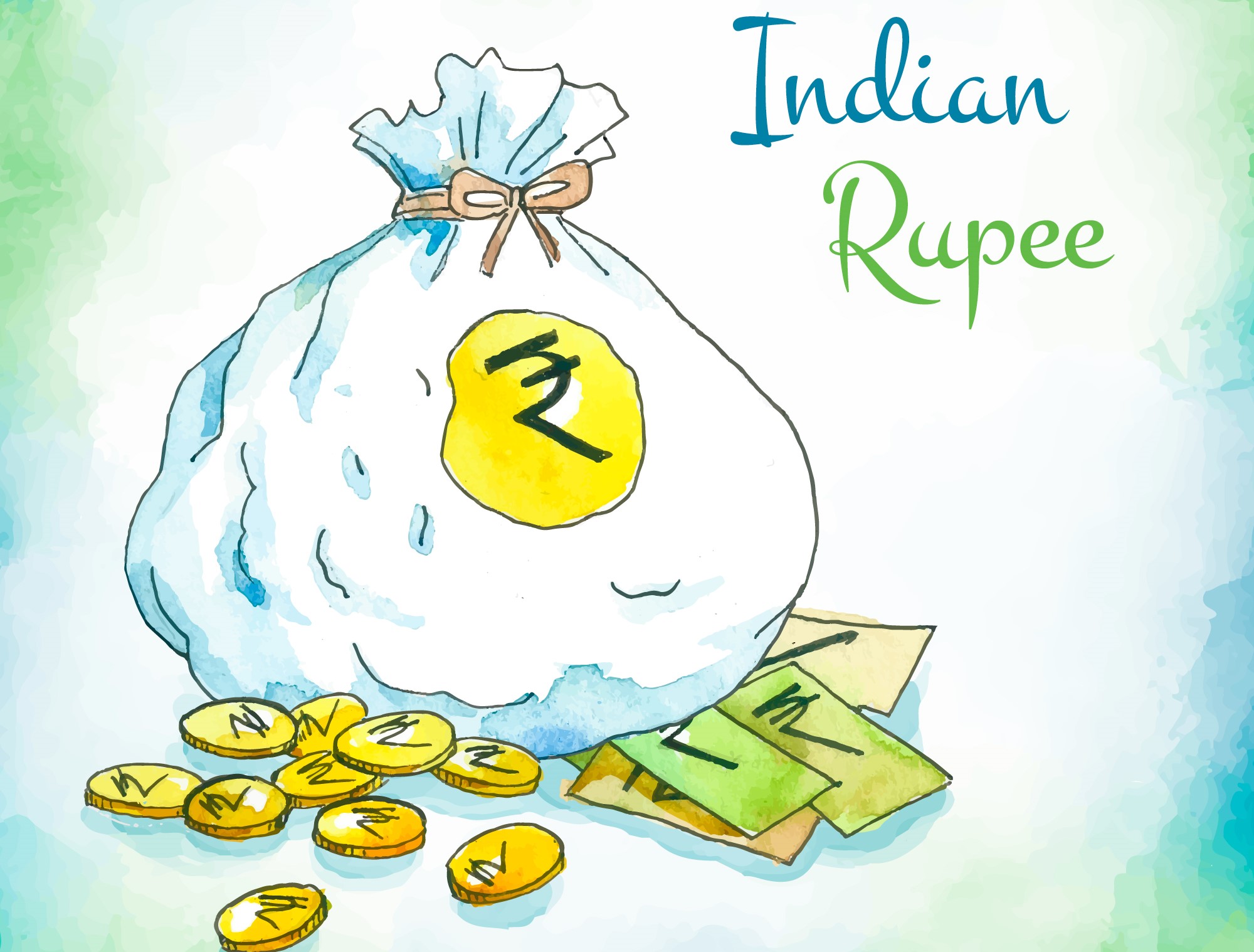
by: Adv. Kishan Dutt Kalaskar 2023-02-03 22:32:13

by: Admin 2023-02-01 16:45:35

Intellectual Property: Registration and Effects

Clearance to get a Passport and Visa during the pendency of Criminal Cases

Summary of the Payment and Settlement System Act, 2007

Procedure to track court cases online

Key Features of Union Budget 2023

Top 10 reasons to hire a Civil Lawyer

5 Benefits Of Hiring A Business Lawyer When Starting Your Company

Top 5 Reasons Why You Should Consult A Banking Lawyer

10 Things to Consider Before Hiring an Accident Lawyer

Payment Recovery Process

Analyzing legal and security issues in cyber contracts (E - contracts)

Discharging and Quashing in Criminal Cases

Legal compliances for online shopping sites in India
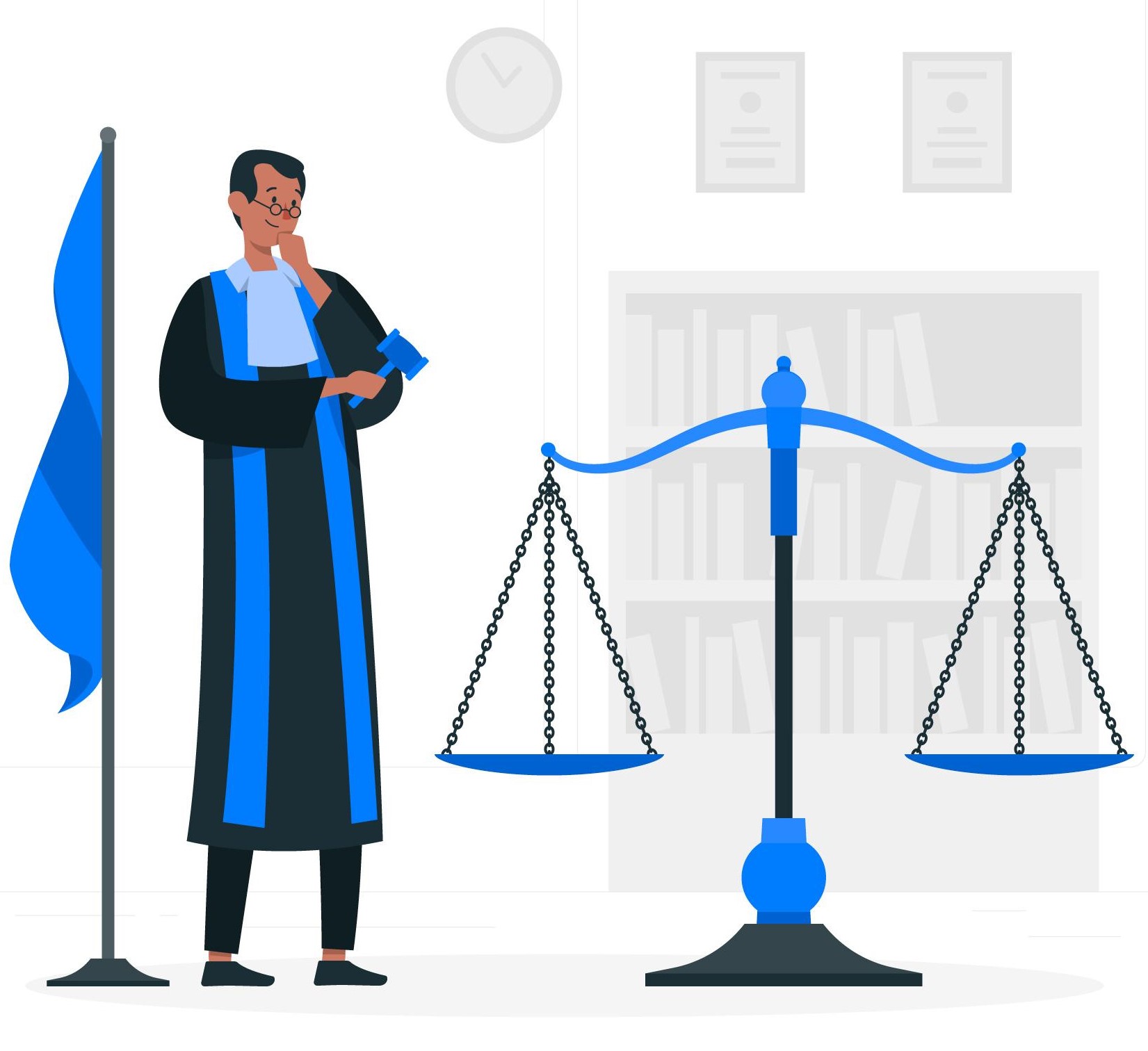
How to select a Lawyer

Supreme Court Judgments 2022

Maternity Benefit Act 1961, at a Glance

Modes of Recording Accepted by Court

Essential elements of a sale under the Transfer of Property Act

Compensation in Motor Vehicle Accident Cases

Is it important to respond to a summon?

Analysis of Section 18 of Limitation Act, 1963

Fresh period of Limitation

The breakdown of the doctrine of Res-Judicat

Impact Of Supreme Court Ruling

Analysis of Employees Provident Fund and Miscellaneous Provisions Act

How is 'BLACK MAGIC' governed in India

Different Identities of an NDA

Breaking down the requirements of becoming a Public Prosecutor in India.

Mohan Breweries & Distilleries V/s Commercial Tax officer, Madras

Kavita Kanwar Vs. Mrs Pamela Mehta & Ors

Entry into Judiciary: Minimum required Qualifications

Law of Retrenchment

Grounds for refusal of a Trademark Application

Early disposal of pending cases by the High Court

Parminder Kaur V/s State of Punjab

Central Bank of India V/s M/S Maruti Acetylene Co. Ltd.

Goan Real Estate and Construction Ltd. And Anr. V/s Union of India

Raj Kumar V/s Ajay Kumar

Synopsis of the Special Marriage Act in India

Lok Adalat has no jurisdiction to decide a matter on Merits

Significance of a Police Clearance Certificate in a pending Accident Case

Understanding the Digital Rupee

Eligibility of Teachers for Gratuity under the Payment of Gratuity Act, 1972

Dr. M. Kocher V/s Ispita Seal

Smt. Seema Kumar V/s Ashwin Kumar

Leo Francis Xaviour V/s The Principal, Karunya Institute

Nazir Mohamed V/s J. Kamala and Ors.

Addissery Raghavan V/s Cheruvalath Krishnadasan

Himalaya House Co. Ltd. Bombay V/s Chief Controlling Revenue

K. Sivaram V/s P. Satishkmar

Basir Ahmed Sisodia V/s The Income Tax Officer

Burden of Proof

Interest for delayed Payment under Payment of Gratuity Act, 1972 - Need for Change?

How to file a complaint in regards to violation of Cyber Laws

Delayed Justice from Consumer Courts

Can a registered Will be challenged in the Indian Court?

Trademark Infringement - Triple identity test in Trademark

Blockchain Technology in India – II

Manish V/s Nidhi Kakkar

Withdrawal of Mutual Divorce Proceedings

Blockchain Technology in India - I

Unnatural Offences

Surendra Kumar Bhilawe V/s The New India Assurance Company

Seat Vs Venue of Arbitration

D. Velusamy V/s D. Patchaimmal

Standard from of Contract - Legal or Illegal?

Life Insurance Corporation of India V/s Mukesh Poonamchand Shah

MSME Debt Recovery Provisions

Neelam Gupta Vs Mahipal Sharan Gupta

Analysis of Section 11A of Industrial Dispute Act, 1947.

Time Limits & Procedure to approach HC in Civil Cases

The necessity of Gender-Neutral laws in India

Sou. Sandhya Manoj Wankhade V/s Manoj Bhimrao Wankhade

Plea of Adjustment

Filing of Complaints against biased Judges

G. Raj Mallaih and Anr. V/s State of Andhra Pradesh

Zee Entertainment Enterprise Ltd. V/s Suresh Production

Chief Administrator of Huda &Anr. v/s Shakuntala Devi

Permanent Child Custody

Dilution of the statutory protection available to MSMEs

Validity of an Unregistered Sale Agreement

Ambalal Sarabhai Enterprise v/s Ks Infraspace LLP

False and misleading advertisements in India

National Legal Service Authority v/s Union of India and Others

Recovery Procedure in Cheque Bounce Cases

Roxann Sharma V/s Arun Sharma

Ganesh Santa Ram Sirur V/s State Bank of India &Anr.

Recovery Procedure of Consumer Court Cases

Bank Guarantee

M/s M.M.T.C Ltd. & Anr v/s M/s Medchl Chemical & Pharma P

Shailendra Swarup V/s Enforcement Directorate, The Deputy

SunitaTokas v/s New India Insurance Ltd.

Can couples get separated without a divorce?
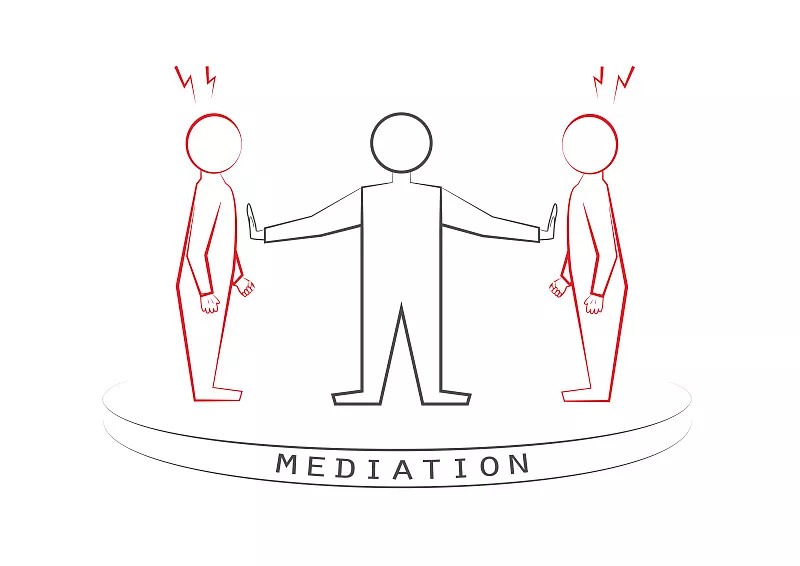
Scope of Arbitration in India

Appointment of Arbitrators

NRIs right to purchase Property in India

Decriminalization of Dishonour of Cheques: a measure contradictory to its purpose

Paternity leave in India

Regulation of Cryptocurrency in India

How can litigants list their cases online?

Validity of Narco-Analysis in India

Remedies against frivolous cases registered against students by the Police

Procedures involved in a Criminal Trial

Procedured Involved in a Family Court Case
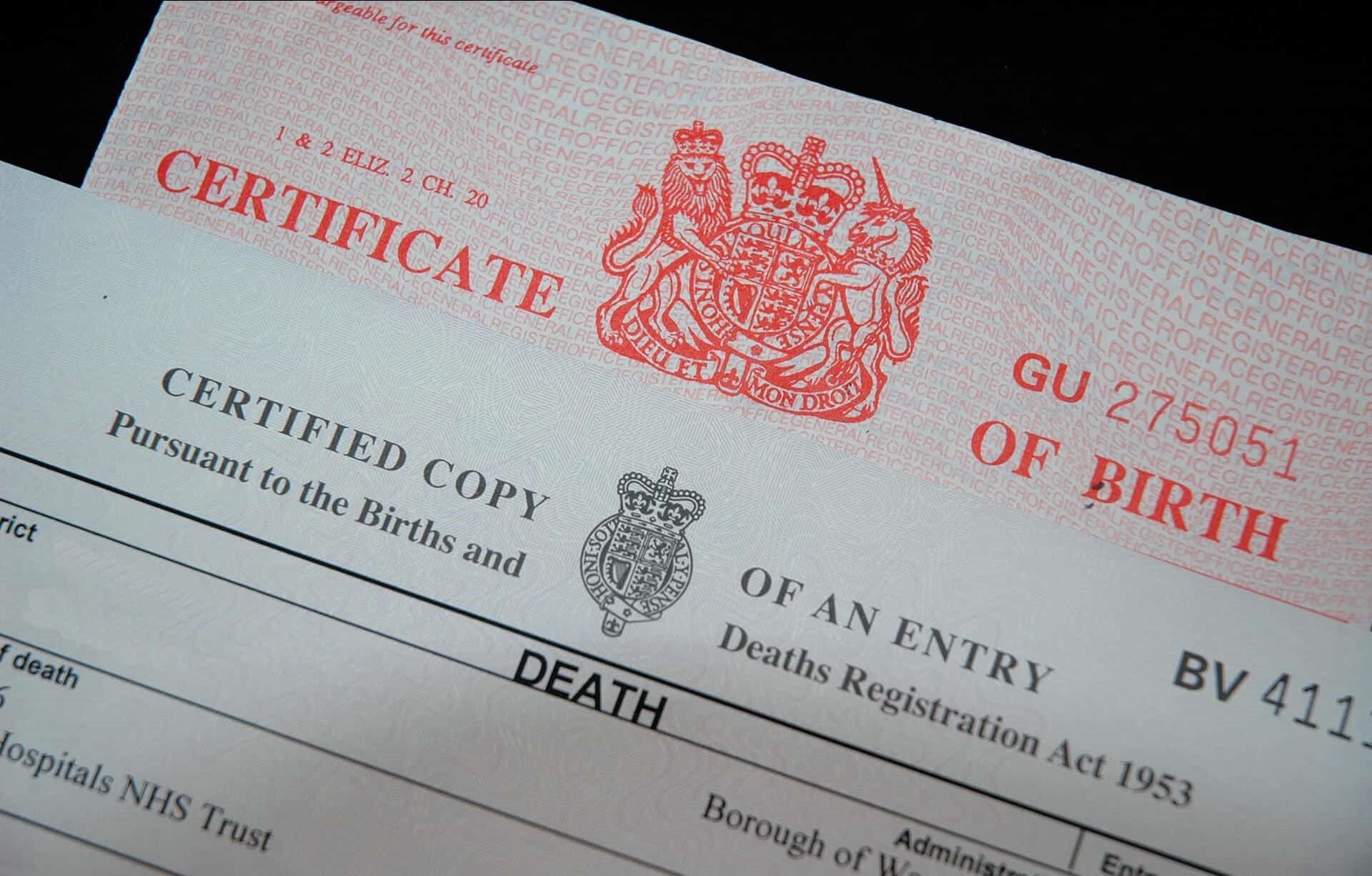
Death Certificate of a missing Person

Accountability of Police

Highlight of important Dishonour of Cheque case laws in 2020

Guidelines to be followed by Registered Medical Practitioners to dispense medicines

Land Mark Judgements on Family Law for the Year 2020

Remedies against harassment by Recovery Agents

Abetment to Suicide

Overview of the Vehicle Scrappage Policy

Rights of husbands in dowry and cruelty-based complaints

Admissibility of E-evidence; Are WhatsApp chats and E-mails admissible in Court?

Triloki Nath Singh V/s Anirudh Singh

Milmet Oftho & Ors. V/s Allergan Inc.

Director of Income Tax II (International Taxation) V/s M/s Samsung Heavy Industries Co. Ltd.

M/s ExL Careers V/s Frankfinn Aviation Services Pvt. Ltd.

The Maharashtra State Cooperative Bank Ltd V/s Babulal Lade & Ors.

Constitutionality of Bandhs

State of Himachal Pradesh V/s A parent of a student of a Medical College & Ors.

Rathnamma & Ors. V/s Sujathamma & Ors.

Ravinder Kaur Grewal V/s Manjit Kaur

Ficus Pax Pvt. Ltd. V/s Union of Indian & Ors.

Commissioner of Income Tax V/s Chandra Sekhar

Analysis of Section 41-A of CRPC, 1973

Judgment: Indian Bank V/s Abs Marine Product Pvt. Ltd.

Kailas & Ors. V/s State of Maharashtra

Sukhedu Das Vs Rita Mukherjee

Witness to a Will

National Insurance Co. Ltd V/s Hindustan Safety Glass Works

Mahalakshmi V/s Bala Venkatram (d) through LR & Anr.

Kajal V/s Jagdish Chand
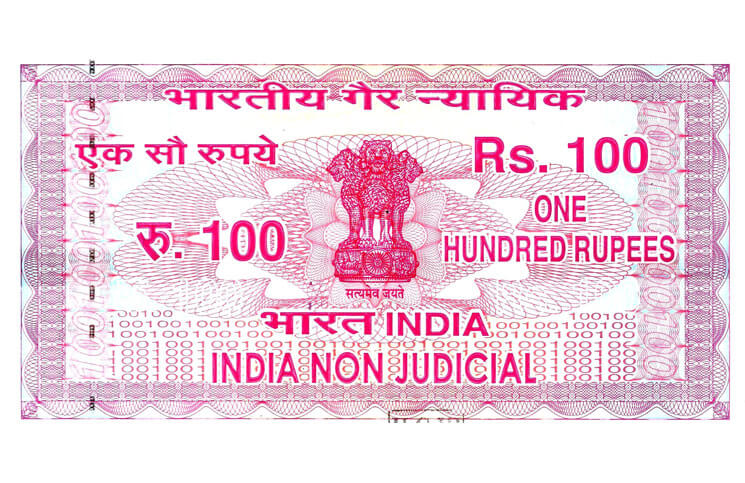
Shyamal Kumar V/s Sushil Kumar Agarwal

NRI's Power of Attorney

Megha Khandelwal V/s Rajat Khandelwal and Ors.

Is Registration Compulsory under Trademark and Copyright?

Md. Eqbal & Anrs. V/s State of Jharkhand

Types of Will

Employment Contract

Police Clearance Certificate

Validity of Crypto-Currency in India

A. Jayachandra V/s Aneelkaur

Points to be considered before filing an Income Tax Return

Union of India V/s N. K. Shrivasta

Startup under the Government Programme

The procedure for filing a complaint against a Lawyer

Types of Stamp Paper

Satvinder Singh V/s State of Bihar

Sexual Violence laws under the Indian Penal Code

Shreya Singhal V/s Union of India

Division of Assets

Shaleen Kabra V/s Shiwani Kabra

Types of Property

Vasant Kumar V/s Vijaykumari

Personal Injury - Damages

Adultery under the Indian Law

United Commercial Bank & Anr. V/s Deepak Debbarma & others

Intentional Wrongs

Vinay Kumar Mittal & Others V/s Deewan Housing Financial Corporation Limited

How to get a Marriage Certificate?

Mohammed Siddique Vs National Insurance Company Ltd

Pagdi System

The Bonus Act

Frivolous Complaints under the Sexual Harassment Act

Important Income Tax Return Forms and its Due Dates

Garden Leave

How can a Private Complaint be filed?

Key changes to Indian Tax Regulations

Employees Provident Fund

Status of Triple Talaq

Contract Farming & the new ordinances that affect the Farmers

Documents required for filing a Divorce

Section 138, 141 and 142 of the Negotiable Instrument Act 1881

Validity and Enforceability of Click-wrap Agreements

Child Custody under Christian and Parsi Law

Hindu Succession Act

Oppression and Mismanagement

Fraudulent and Invalid Contracts

Developments in Reserve Bank of India

Loan Frauds in India

Penalties associated with Driving

Laws governing a Knife

Medical Negligence and its Compensation

Interim Maintenance under the Domestic Violence Act

Shortcomings of the Consumer Protection Act, 2019

Tougher rules for the E-Commerce Industry

Difficulties faced by men in Family Courts

The consumer is the King in 2020

Illegal Termination of an Employee during Covid-19.

Child Labour Laws in times of Covid-19

Real Estate scenario Post Covid-19

Post Covid-19 Digital Shift of Legal practise

Mutual Consent Divorce through Video Conferencing

59 Chinese Apps banned in India

Litigants and the Lockdown - A Court Perspective

Anticipatory Bail for cases under section 498A of IPC

Brand Protection in times of Covid-19

Title Verification of Immovable Property

The Judiciary during the Pandemic

Termination of an Employee during Covid-19

Drafting of a Will

Criminal Medical Negligence in times of Covid-19

How does Covid-19 affect employers and employees?

Rent deference during the Pandemic

Post Covid-19 digital shift of legal practise

Police Interrogation

Prenuptial Agreements

Void and Voidable Contracts

The Negotiable Instrument Act 1881

Cheque Bounce Notice

Types of Dishonour of Cheques

Intestate Succession

The Stand of Essential Commodities

Trademark Cease and Desist Notice
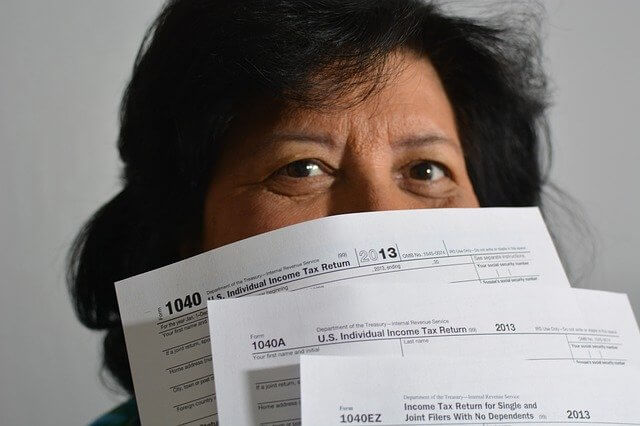
IT Department Notice

Eviction of a Tenant

Consumer Complaint Legal Notice

Medical Adherence to Environmental Laws
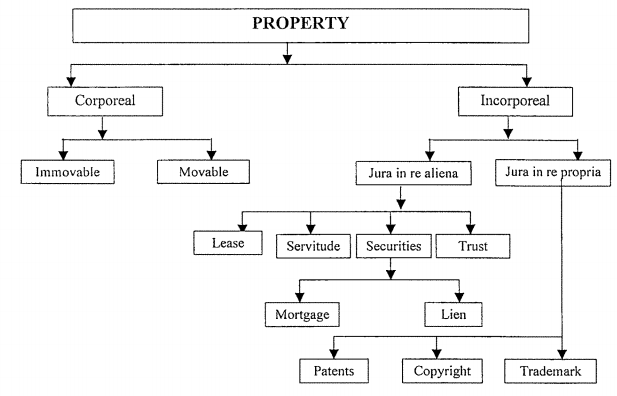
Basic Elements of Transfer of Property Act, 1882

Debt Recovery Notice

Cheque Bounce Notice

Hygiene maintenance in Hospitals and Clinics

Consequences of using a Fake Degree/Certificate

Healthcare Security
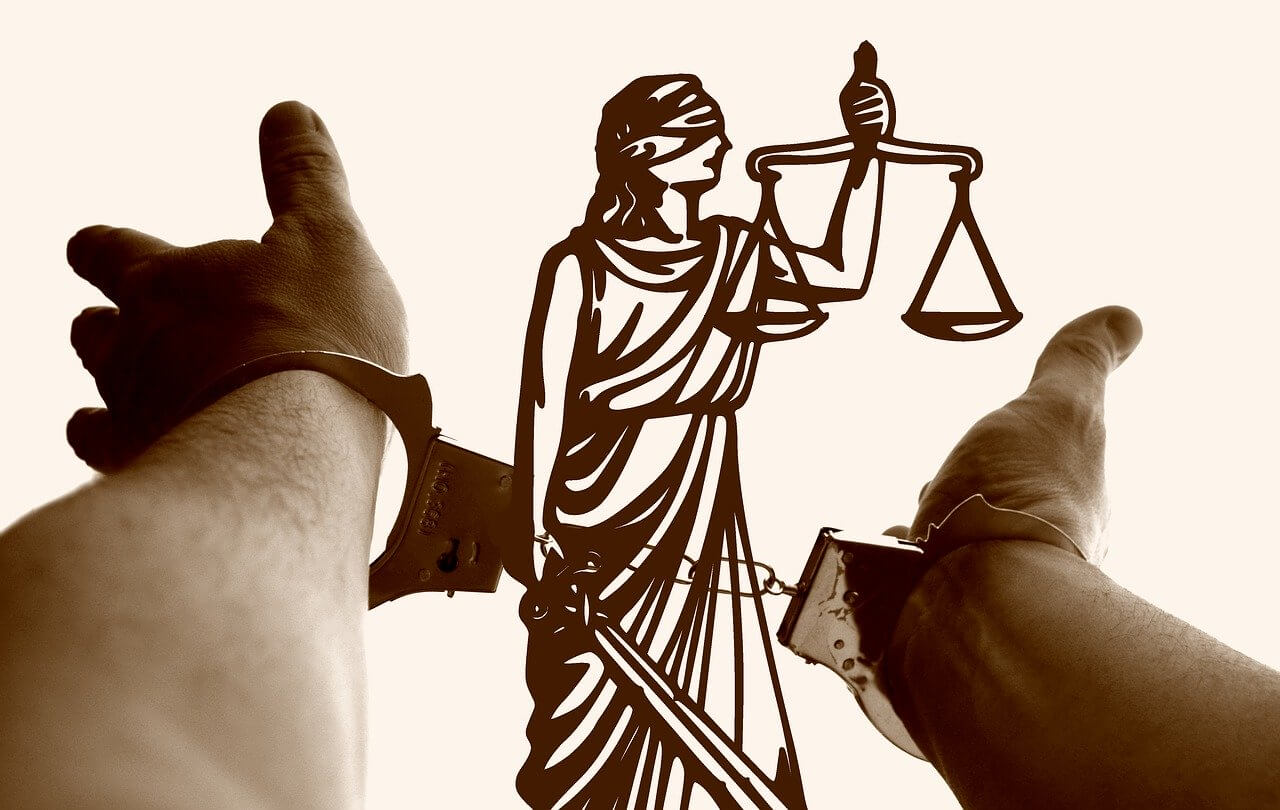
Rights of Doctors with respect to Medical Negligence

Importance of Consent

Faulty Machine Aids Medical Negligence

The Special Marriage Act, 1954

Top 2019 judgements by Supreme Court

National Medical Commission Act 2019

Money Laundering

Hindu Undivided Family (HUF)

Child Labour

Endorsement under Negotiable Instrument Act

Quashing of an FIR

Annulment of Marriage

Probate

FAQ's on Trademark

EMI - Equated Monthly Installments

Legal mistakes made by the Start-Up

What is a Stamp Paper?

Sexual Abuse in Shelter Homes

Debt Recovery provisions under the SARFAESI Act

Effective ways to stop Ragging

Transfer of Property Act

Personal Injury Lawyers

Marriage Registration under the Special Marriage Act

Rights of Tenant

Classification of various Collar Jobs

Documents to be submitted for ITR Filing

Illegal Immigrants

Role of lawyers in Corporate Finance

Intestate Succession

Employment of White Collar Employment of White Collar

Domestic Violence

Power of Attorney

Dissolution of Marriage - Christian

Noting And Protest

Hostile Witness

Unfair Trade Practice

All you need to know: Drafting a Legal Notice

Fraudulent and unauthorized transactions at ATM

Is legal documentation important in medical practice?

Why do doctors need to be updated with medical negligence laws?

Personal Data Protection Bill, 2019

Jurisdiction of Consumer Redressal Forums

Does telephonic consultations amount to culpable negligence?

Consumer dispute Redressal Forum in dealing with Medical Negligence

Validity of Notices.

Response to a Legal Notice

Promotion of Medical Products.

Doctors' Bill: Prohibition of Violence & Damage to Property Bill, 2019.

Why less Indemnity cover is risky for Doctors?

Procedure for filing a Notice in India

Format of Legal Notices in India
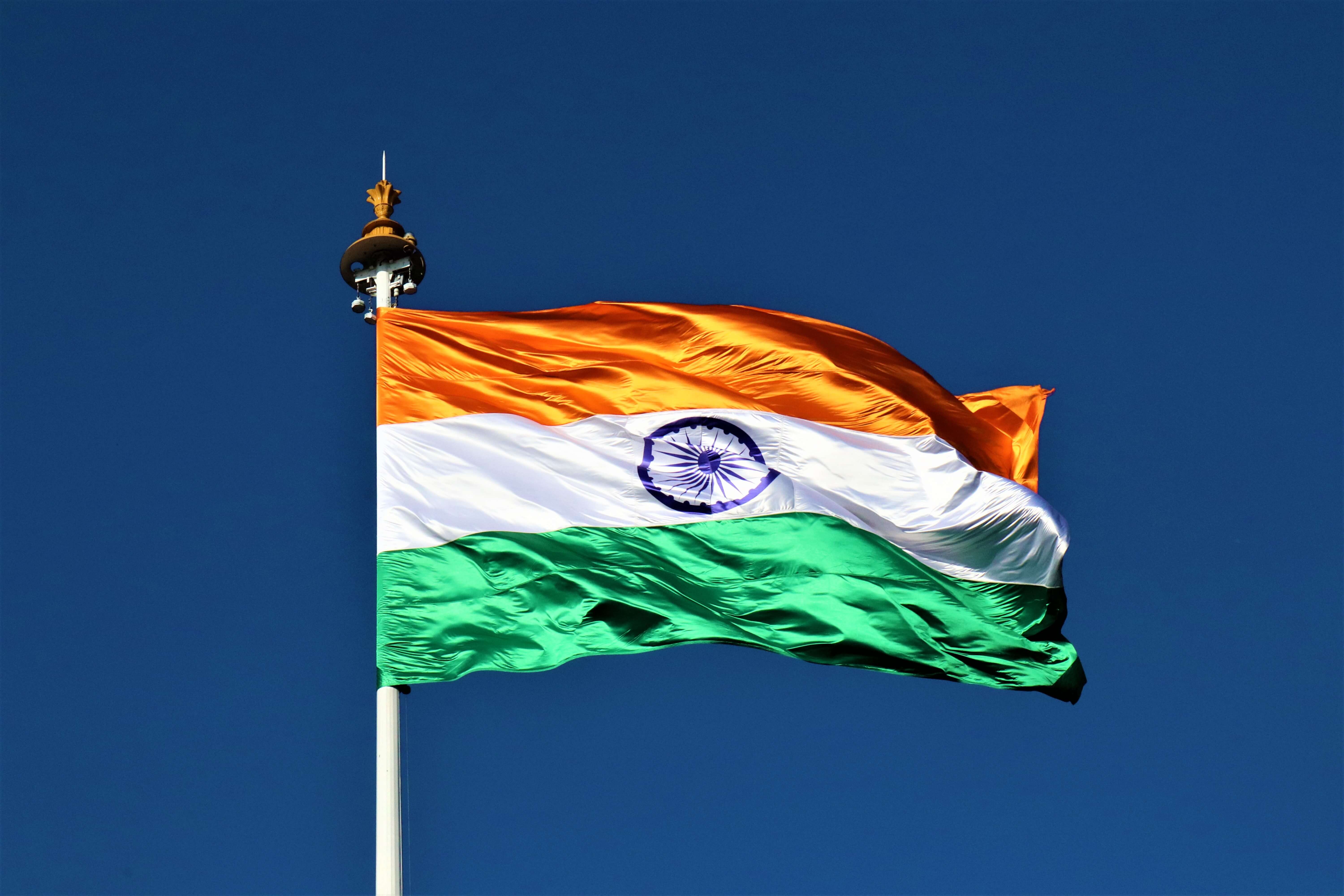
Citizenship Amendment Act, 2019

Demerger

Legal framework for the Elimination of violence against Women in India

International Day for the Elimination of violence against Women

Family Courts in India

Inheritance Law in India

Rights of Children in India

Virtual Clinic

New Medical Technologies in India

Land Records & Titles

Regulations for firecrackers during Diwali

Legal and Regulatory Regime: Medical Technology

Intellectual Property in Medicine

Consumer Protection Bill, 2019

Artificial Intelligence in healthcare

The Real Estate (Regulation & Development) Act

Warrant and its Types

Joint Custody of Child in India

Limited Liability Partnership (LLP)
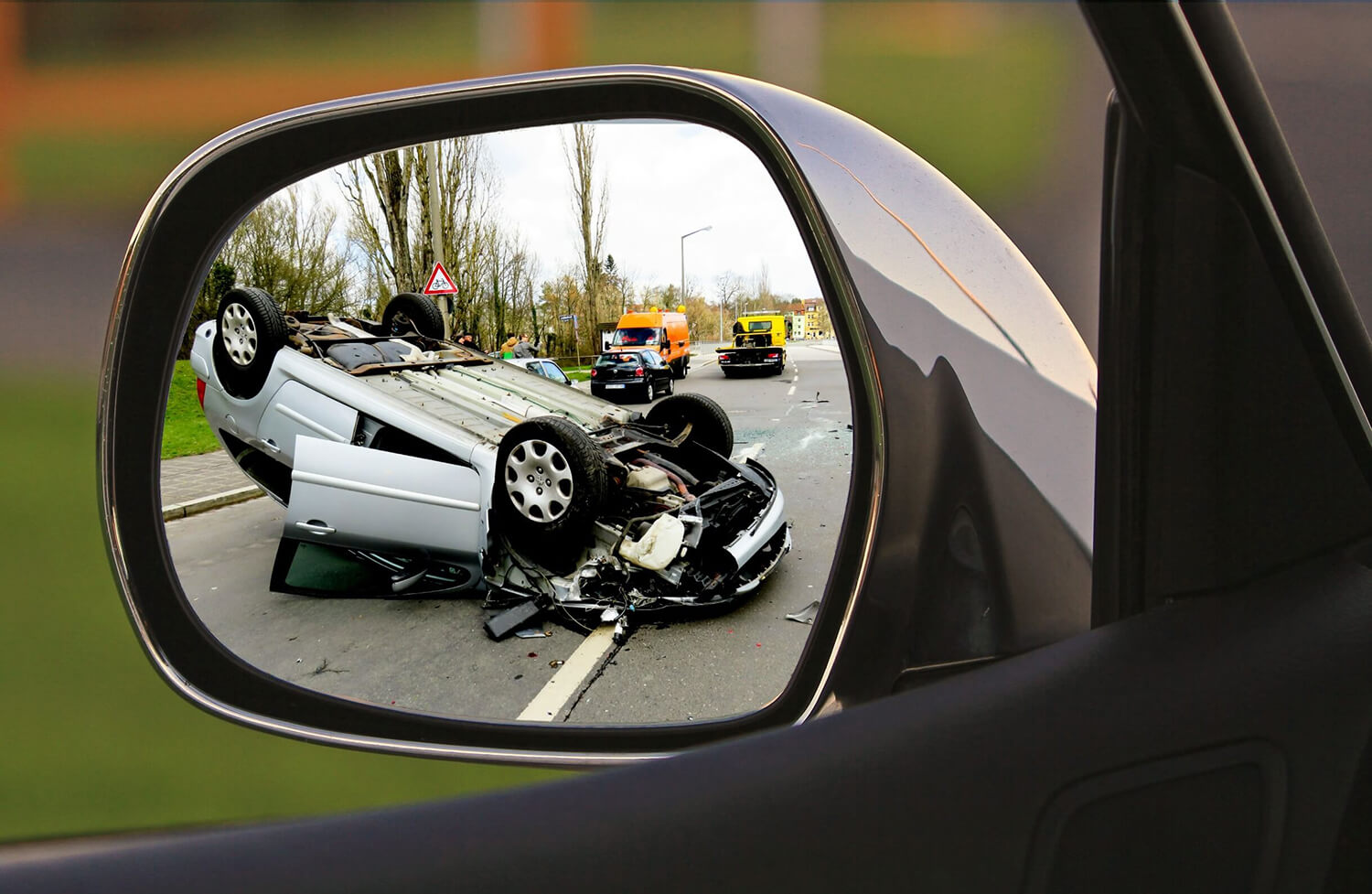
Penal Provision on Rash and Negligent Driving
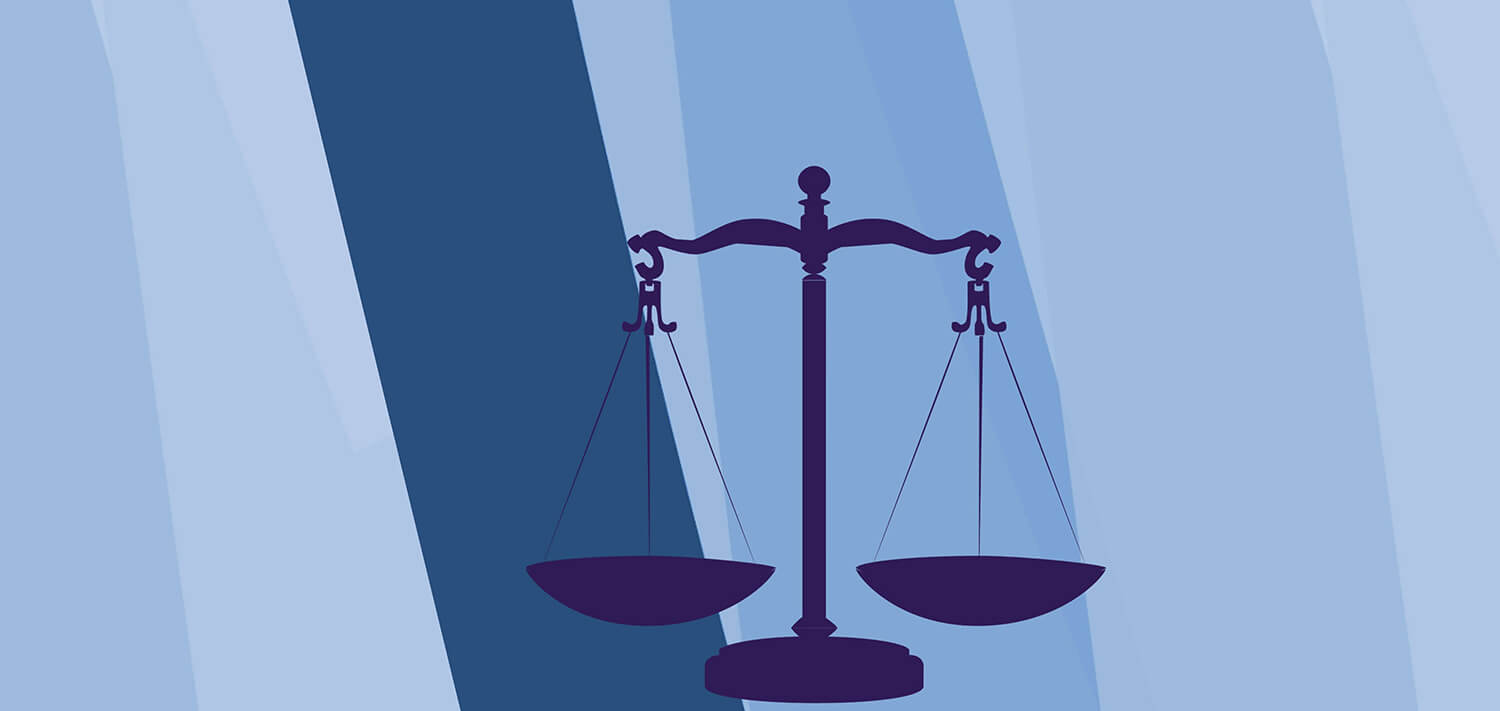
National Company Law Tribunal

Rules to be followed by the Ganpati Mandals

Need to amend CrPC and IPC to increase the conviction rate.

Motor Vehicle Amendment Act, 2019

The Growth of technology Patents in India

Citizenship under the Indian Constitution
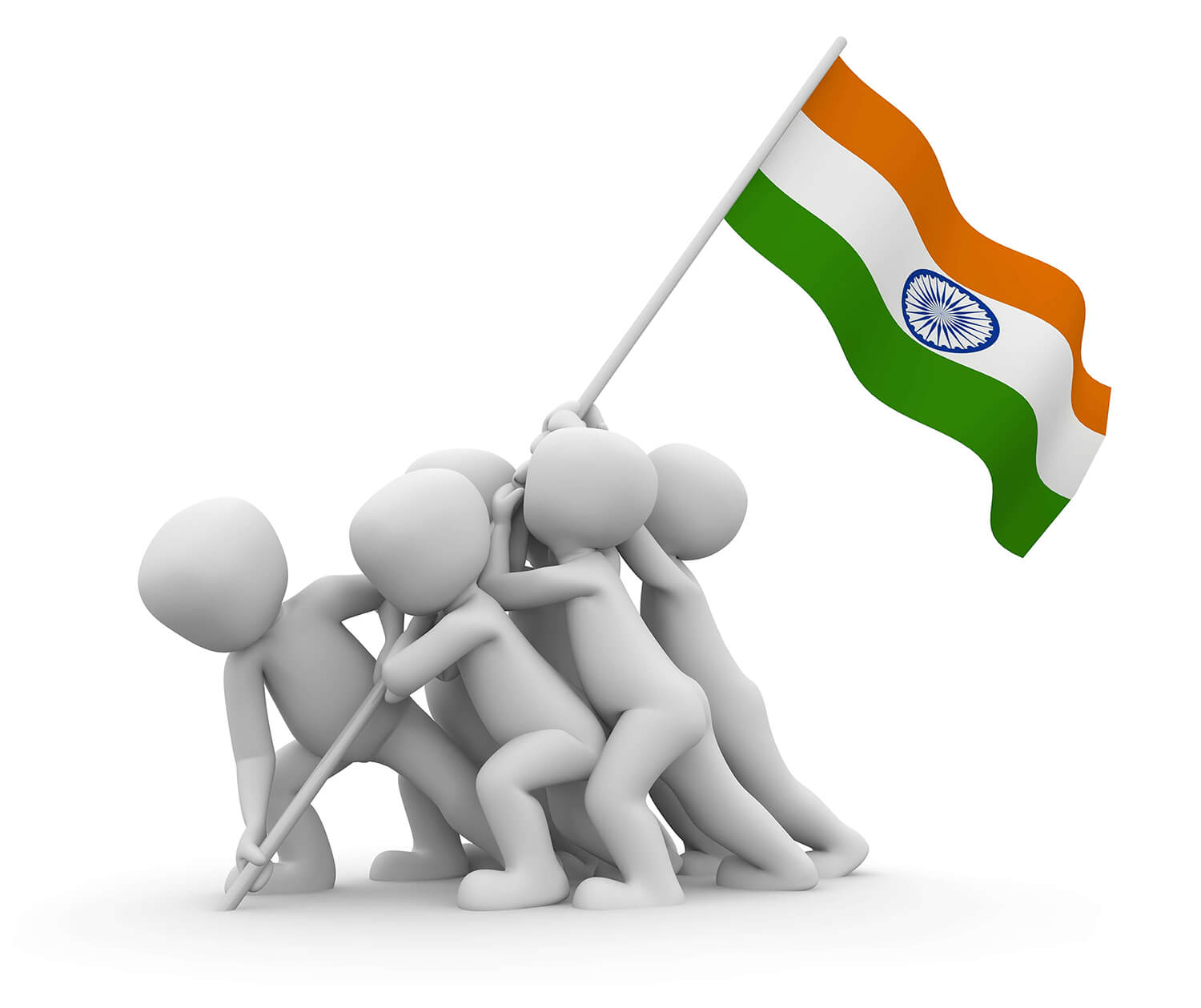
Basic Structure of the Indian Constitution

A comparative study of the Indian, UK and the US Constitution

Can the Indian Constitution be Amended?

Overview of the Indian Constitution

All you need to know: Drafting a Legal Notice

Surrogacy (Regulation) Bill, 2019

Overview of The Indian Penal Code

Offences and Prosecution under the Income Tax Act, 1961
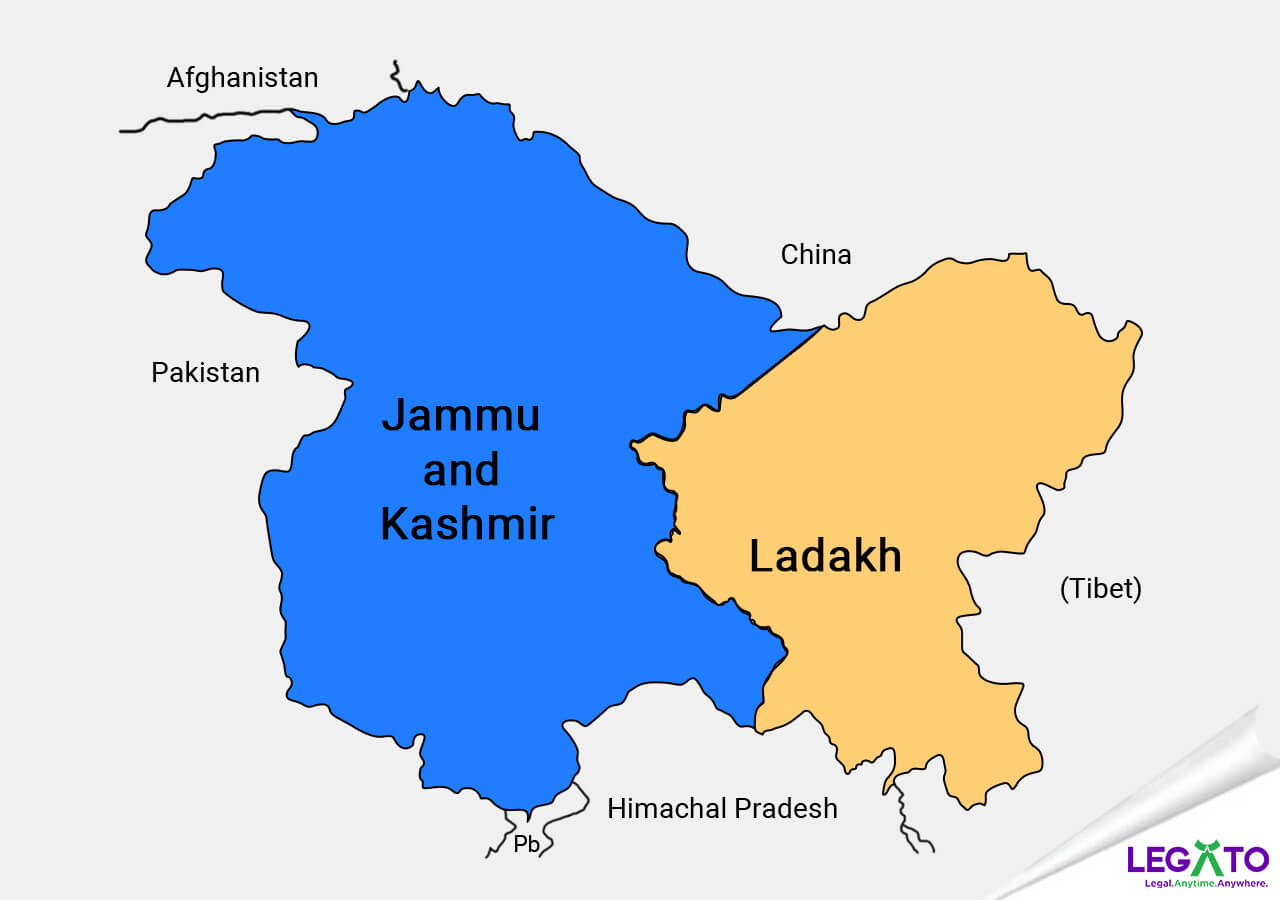
The abolishment of Article 370 of the Constitution: One Nation One Flag

Intervention of SC in the Unnao Rape Case

Case of abandoned NRI brides, Supreme Court issues notice to the State

Financial Risk Management

Know more about Equal Remuneration Act, 1976

Procedure to File Complain against Domestic Violence

The IndiGo Promotors Feud

Rajya Sabha passes the Triple Talaq Bill

Gift Deed

More about Contested Divorce

Things to be kept in mind - Dishonor of Cheque

Prison Reforms in India

Consumer Protection ACT, 1986

More about Joint Venture

Delay of Condonation

Points to be Noted for Child Custody to Father

Basic information of Companies

Plastic Money and their Advantage & Disadvantages

Motor Accident Claim Tribunal

Guidelines to protect doctors from frivolous and unjust prosecution

Unjust Compensation - A Doctors Perspective

Misdiagnosis: A Medical Negligence?

Exemption of doctors operating in Emergency Rooms

General Types of Medico-Legal Cases (MLC)

Duty of patient to avoid aiding Medical Negligence

Rights of the Patient

Steps to be taken to avoid Medical Negligence

Liability of Medical Negligence under Consumer Protection Act

Laws that affect Medical Professionals in India
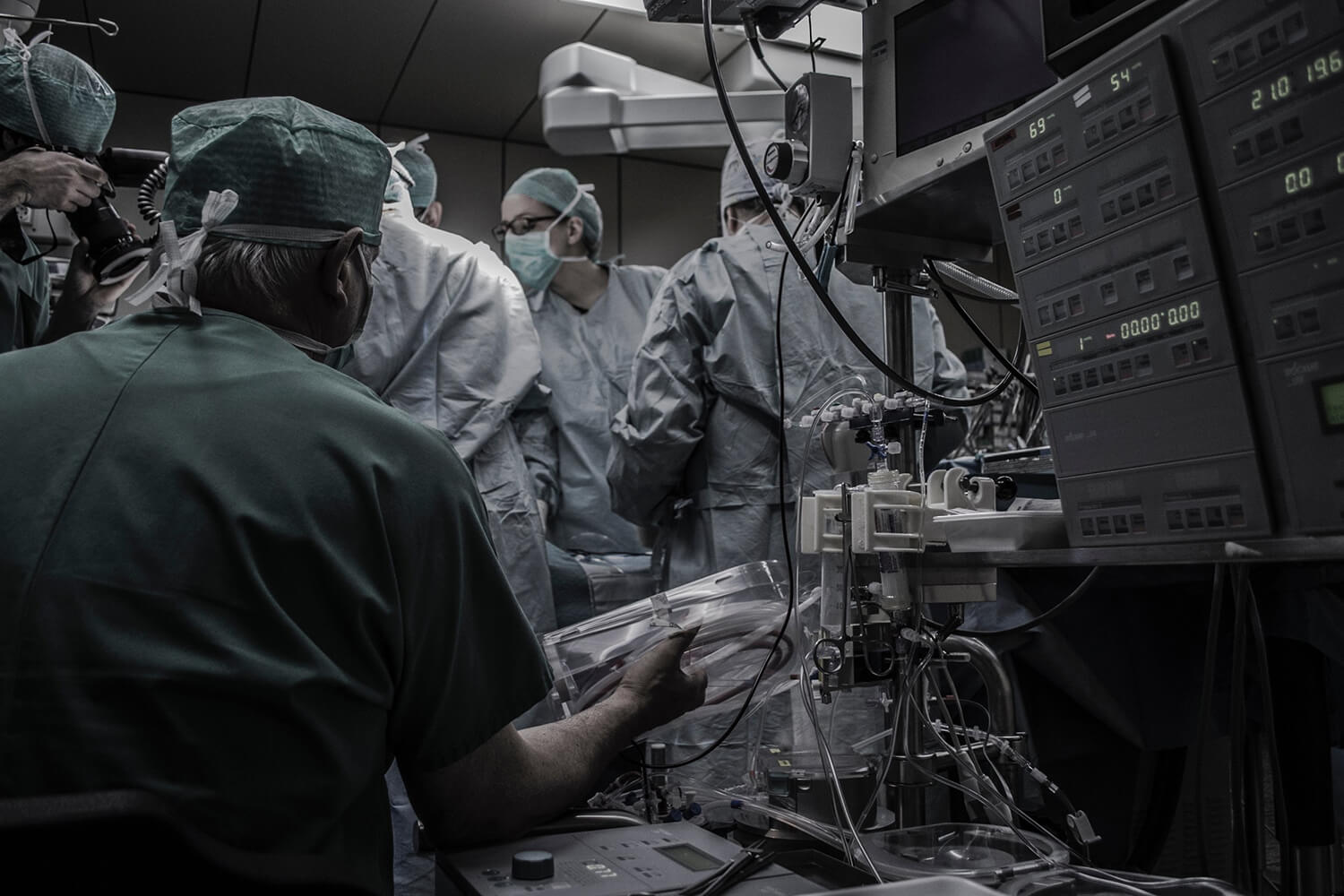
Defense against Medical Negligence Cases

Duties of Doctors

Common types of Medical Negligence

Medical Consent for treatment in India

Regulation for E - Pharmacy in India

Types of Consent for Medical Treatment
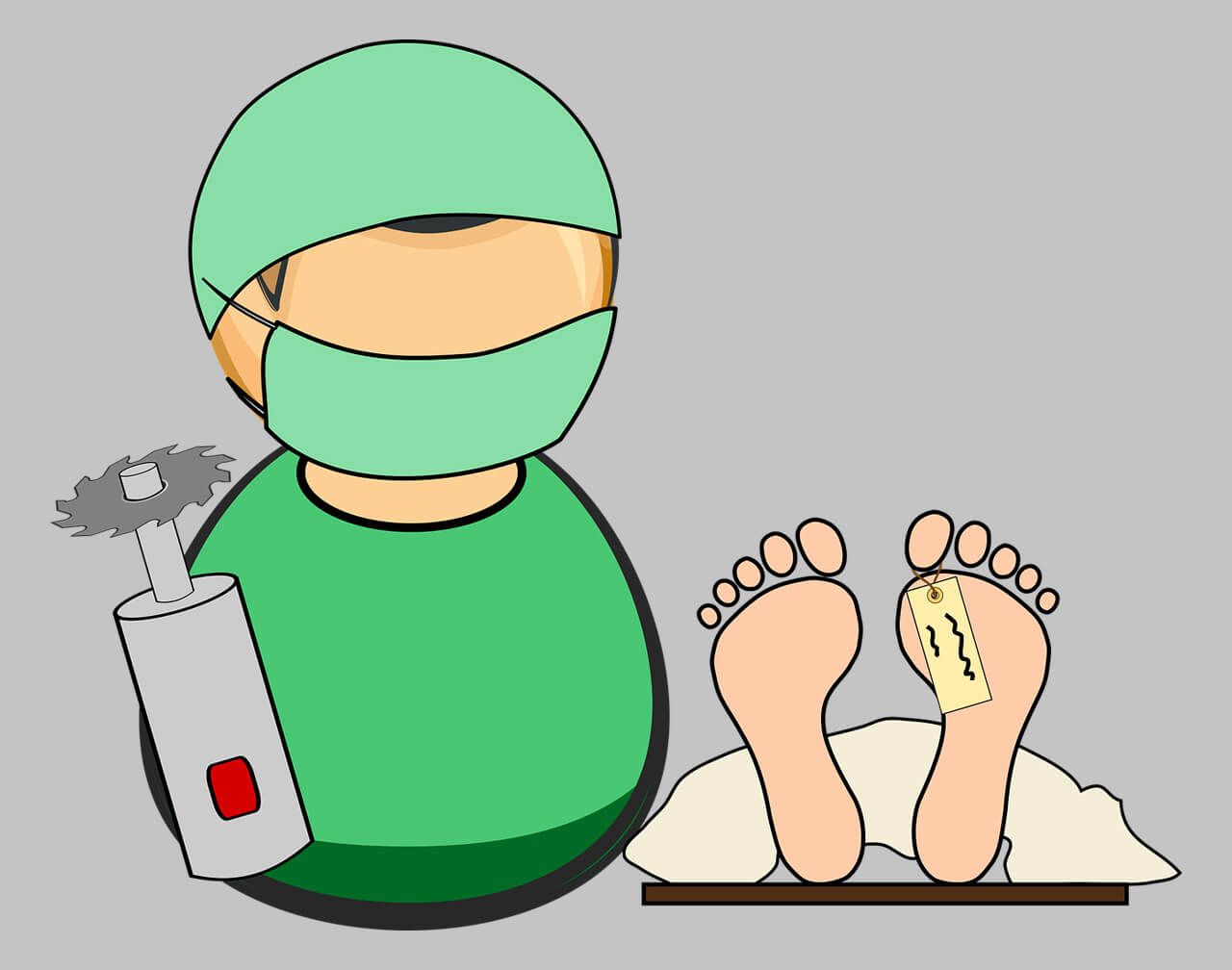
Guidelines for Autopsy/ Postmortem in India

Guidelines for the prescription of medicines

Procedure to start a Pharmacy Store in India
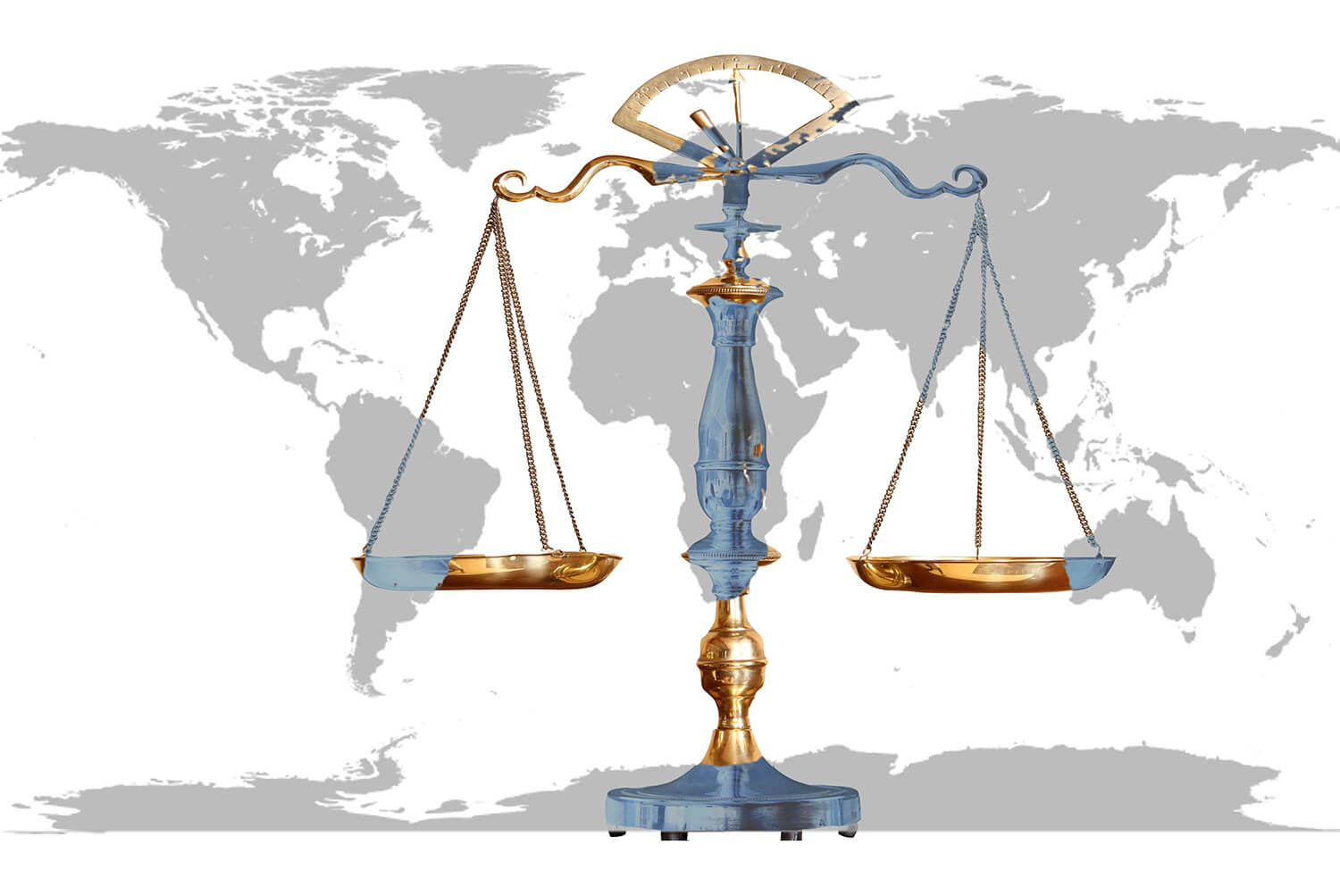
India Vs Pakistan: Kulbhushan Jadhav's Case

Contempt of Court

Juvenile Justice Act, 2000

Bankruptcy & Insolvency in India

The Maternity Benefit Act, 1961

Guardian and Ward Act In India

Medical Negligence in India

Procedure to be followed in Civil Recovery Proceedings

Rights of Consumers

Mandatory Registration of Documents and procedure

Rafale Deal And All About The Controversy

Medical negligence in India has increased tremendously in the past few years. In recent times, the Indian Society is experiencing a growing awareness regarding the patient’s rights. Since the Consumer Protection Act, 1986, has come into force, patients are able to file legal cases against doctors, by establishing that they were negligent in providing medical service.
Negligence is an act carelessly done by a person resulting in damages to the others. Negligence is an offence under the law of tort, Indian Penal Code, Indian Contracts Act, Consumer Protection Act (CPA), and so on. Medical negligence is basically the misconduct by the medical practitioner by not providing services and hence resulting in a breach of their duties towards patients.
Negligence is the violation of a legal duty to care. Breach of this such duty gives the patient the right to initiate action for injury caused due to negligence.
The rise in Medical Negligence Litigation
Recently, a survey was conducted by the National Law School of India University (NLSIU), Bengaluru that stated numbers of reasons that contributed to the growth of medical negligence litigation. According to the guest speaker present in the NLSIU, Sairam Bhat, associate professor and coordinator, Distance education department, and CEERA, NLSIU, Bengaluru, there are four major reasons for the growth of medical litigation which primarily includes greater consumer awareness, the cost involved in medical facilities, a lot more flexible consumer forums, and the mind-set regarding litigation among the population.
Bhat further mentioned, consumers are becoming increasingly aware of their rights as well as their duties and responsibilities and are ready to combat any deficiency in service delivery mechanisms. With the introduction of consumer forums, it has become very flexible for consumers to lodge complaints and initiate legal proceedings. This is a much simpler process than registering a complaint in a civil court. There have been cases where the consumer has been seen fighting his own case, rather than advocates.
As the cost of healthcare has witnessed a huge jump, expectations from the medical institutions are grown too. Medical negligence cases are filed for the smallest negligence in delivering justice. Research studies suggest that cases of medical negligence have gone up by 400% in the last decade.
Compensation- A Remedy
There are different kinds of remedies available to the victim of medical negligence which varies depending on the structure of the case. In some cases, the victim’s family may be awarded a huge amount of Compensation, and in some cases, the doctor is given a warning or the license of the doctor is cancelled.
Talking about Compensation, it is one of the most common types of remedy available to the patients when they complain regarding medical negligence in the consumer forums. The punitive damages and limitless financial Compensation often imposed for medical errors in developed countries may have some inherent flaws. In India, however, healthcare is assumed to be regulated by a quasi-judicial medical council that has failed to safeguard the patients against the widespread negligent and irrational treatment by the doctors. Therefore, large payouts awarded by the courts of law remains the only way to instil accountability for wayward doctors and save lives. Compensation became a major and hot topic in the country after the Supreme Court of India awarded more than Rs.11 crores in damages including interest against several doctors and a private hospital based in Kolkata for the wrongful death of the patient. This has been the biggest payout in Indian Medico-legal history. Till now, the courts have generally been awarding Compensation ranging between INR 3,00,000-6,00,000, and often less, which has failed to have any deterrent on affluent doctors and hospitals.
Let us first understand the Kunal Saha Case:
Kunal Saha Vs. AMRI Case
This complaint was filed by KunalSaha for his wife, AnuradhaSaha, who died at the age of 36 due to the sheer negligence of doctors in Kolkata.
Itis one of the most significant case law pertaining to medical negligence in India.KunalSaha, a doctor by profession himself, filed a case against the doctors of AMRI hospital in Kolkata. However, after his petition was dismissed in Calcutta High Court and West Bengal Medical Council, he went to the Supreme Court of India. After a proper investigation, the Supreme Court directed the hospital and the doctors to pay a compensation of INR 5.94 crores along with interest, i.e. INR 11 crores. This is the maximum amount that has been awarded as Compensation for medical negligence.
For the grant of Compensation as a legal right, which is a tort liability to be curbing in medical negligence, it should be able to serve at least two purposes. Firstly, it must be calculated in such a way that it provides adequate financial support for the victim’s family (Compensation) to fill the irreversible vacuum created by the wrongful death as best as possible. Secondly, perhaps most important, is that the award must act as a brake against future negligent behaviour by other doctors and hospitals.
Negligence and Compensation to the Victim
The Supreme Court of India has recently relaxed the norms for the medical faculty regarding criminal liability for medical negligence with the help of adding the requirement of “gross” medical negligence. However, the court has recognized the culpability of doctors through the process of civil liability in which the victim or the family of the victim is awarded higher compensations.
The emergence of high compensation awards for medical deficiency claims in India has resulted in apprehensive speculation regarding the result that such remedies may have on the manner in which doctors practise medicine within India and how this process translates into rising costs for the patients. While some assume a consequent rise in frivolous litigation, others put forward the point that healthcare sector should be regulated with more stringent laws and that huge amount compensations will push doctors to not be negligent any more towards their patient. The way recent cases are being heard and awarded huge compensations, there certainly lies the uncertainty of whether this encourages the beginning of increasing medical negligence litigation and the practise of defensive medicine, or there is the need to modify the way in which medical negligence issues are currently being addressed in India.
Moreover, India’s healthcare system is accountable for and regulate private which includes individual and corporate, public, and not for profit hospitals within its framework. In addition to these, the Indian government is also responsible to ensure universal and all-time access of healthcare to the general public through its public sector. It is, therefore, important for the judiciary to balance the interests, rights, and duties of all the concerned parties.
The decision to take legal action against a medical practitioner is determined by not only the original injury, but also by poor communication and insensitive handling after the original incident. Therefore, the patient who alleges medical negligence can resort to any of the following legal remedies.
Our article talks about the Compensation that can be only avoided by the Consumer Court or by the Civil Court and therefore our discussions shall stick to the same. This article mainly talks about the Compensation awarded to the victim or kin of the victim when a medical negligent act takes place. It further puts forward the points in favour of “larger compensations” and also gives detailed analysis that why Compensation is yet a simpler and easily given through which a victim can live a normal life. Collectively, the article talks about how medical negligent issues are addressed in a country which has the second-highest population of the world and one of those countries, which considers the medical faculty as one of the most prominent role models.
Calculation of Compensation in a Medical Negligent Case
In the Indian Common law, the basis of computing compensation for any case lies on the legal principle of “restitution in integrum,” which when translated means, that the person who is seeking damages due to a wrongful committed him/her is in the position that he/she would have been had the wrong not been committed. This implies that the victim or the family of the victim needs to be compensated for financial loss as well as other loss caused by doctor’s or hospital’s negligence, future medical expenses, and any pain and suffering that is endured by the victim.
The court of USA have a jury system that determines culpability or quantum of Compensation, but unfortunately, the same scenario doesn’t exist in our country. In India, the judge in the civil court or the consumer court has the complete discretion over the compensation amount and hence is bound or forced to consider the impact of the judgment because he/she sets a precedent even in the manner and quantum of damages awarded. The case laws like Dr. Balram Prasad vs. Kunal Saha and Rajesh and Ors. Rajvir Singh V and Ors correctly speak about how Compensation is inconsistent and is one of the biggest problems that the healthcare sector of India is facing. It is important to consider every case independently because it would be incorrect to not give the facts of every case’s situation due importance. However, this not only increases the unpredictability but also the scope of discretion provided to the judge in such situations.
The Supreme Court noted that “The lack of uniformity and consistency in awarding Compensation has been a matter of grave concern… If different tribunals calculate Compensation differently on the same facts, the litigant, the claimant, the common man will be perplexed, confused, and bewildered. If there are significant divergence and similarities among tribunals in determining the quantum of Compensation on similar facts, it will lead to distrust and dissatisfaction in the system.”
In most of the medico-legal cases, the defendants have asserted that the method to determine the Compensation ought to be the “multiplier method”. The main and principal argument in favour of using such a method is it at least gives uniformity and predictability. Furthermore, doctors and hospitals will not be compelled and ordered to pay large sums of money to compensate for negligence.
Talking about the history of the multiplier method, it was first created to facilitate awarding Compensation in relation to motor vehicle accidents to calculate “no-fault” liability. Therefore, it only stands for the loss of income of the victim only. The sum is calculated according to the “multiplicand” that is, victim’s salary minus the amount he spends on himself for the treatment, and the “multiplier”, that is, the total number of years, that the victim would have earned his salary. The multiplier is calculated by taking into account the average life expectancy, the number of years that the victim will be unemployed, the victim’s age and any other factors concerning the victim’s health. The common formula for the calculation of Compensation is ((70-age) x annual income + 30% of for inflation – 1/3 expenses). Defendants say that this is the figure that will adequately calculate the loss incurred, and therefore this method can be utilized for the calculation of medical negligence cases. However, the argument here is that, Compensation solely based on the income of the victim is not ethically correct. It simply means that medical negligence causing death or injury to a wealthy person is much more worth when compared to medical negligence that impacted an unemployed individual or homemaker or a child or senior citizen. Therefore, being legally unethical, the Supreme Court declined the dependency of calculation of Compensation on the multiplier method for medical negligence. Addition to these, the Supreme Court, added other dimensions for the calculation of Compensation which included medical costs incurred by the victim during the litigation, cost of any future medical expenses, Compensation towards mental agony and physical pain, and Compensation toward loss of litigation and consortium.
Still, there are few problems, that judges face while awarding Compensation in medical negligence case which includes:
However, the process of calculating Compensation for medical negligence is very uncertain and unpredictable as it varies hugely across different cases, courts and tribunals resulting in loss of faith on the courts, protracted litigation and also the frequent appeals.
Argument in favour of Compensation
A person who has suffered medical negligence has the liberty to decide how they would like to address the problem. If it is the accountability they seek, they can approach the state medical council. But if the victim or the family of the victim is thinking of compensation, they can lodge a complaint before the Civil or the Consumer Court. However, the Compensation is considered an ideal remedy for medical negligence because it acts as retribution towards the negligent medical faculty, insurance to the victim and as an example or deterrent to other doctors and hospitals.
Compensation as a legal remedy to the victim of medical negligence provides with resources as they help to cover medical costs, future medical expenses, cost of litigation, loss of income etc. only when they prove that the doctor or hospital in the case was negligent. This arrangement attempts to ensure that the victims are financially strong for allowing them to bear the consequences of medical negligence, be it injury or wrongful death.
Large compensation amounts penalizes the doctors heavily. Therefore, there are chances that the doctors would be more careful as one case could result in grave losses. Large Compensation which sometimes also includes punitive damages will result in incentivizing allocation of resources towards safety. Moreover, it acts an expression of the community’s indignation toward an abhorrent crime and therefore also imposes a civil action against it. Also, large Compensation could act as a civil enforcement mechanism because it rewards the complainant for initiating litigation and thereby supplements the criminal justice system.
The compensation amount that will be imposed by the court for the doctors and hospitals will be based on the determination of the liability and the judge’s discretion or direction regarding the same. This further ensures that parties which are guilty of negligence are made to pay for their actions.
The Purpose of Medical Settlement
The reason for medical Compensation through medical settlement is done to make the client whole again. It is intended to compensate them for any medical and personal costs occurred due to the injury caused during the process of treatment. In serious cases, the remedy includes compensation to offset the cost of care for the person and lifetime of lost earnings. In some cases, it might include the cost of modifying the client’s home to let them continue to live there, medical assistance from already paid caregivers or someone who quit a job to take care of them, and new vehicles that the disabled person can drive.
There are also cases, where the compensation to the victim or to the victim’s family is awarded only after the claimant is able to gain back the mental function after a negligence case. In a type of case where mental impairment is involved, there are chances that additional damages are also claimed, to support the victim’s family. This also holds true when childbirth injuries occur, or pregnant women suffer from negligence or mistakes from doctors or medical staff or any other third party associated with the healthcare facility.
Conclusion
There is a need to assess the way wherein India decides to address medical negligence. Notwithstanding the dread of protective medication, expanding protection premiums and ascend in costs for patients, it is time we know about the inequity that the current framework sustains. Systemic deficiencies such as heavy litigation costs, delayed and protracted litigation, as well as dependence on judicial discretion, do not give adequate equity justice to victims and could harm doctors and hospitals as well.
In a nation where there is (an) a horrifying interest in wellbeing, (b) the nonappearance of Human Resources, (c) an enormous hole among urban and rustic human services, and (d) poor political will to improve the wellbeing segment, it is shrewd to actualize a no-deficiency risk framework inside the general wellbeing area and furthermore to have tops on the sorts remuneration after exploration and conversation. The administration needs to act and put resources into medicinal services before it is past the point of no return. India needs to upgrade the current arrangement of tending to medical negligence utilizing the entirety of the previously mentioned arrangements successfully.
Comment
Share